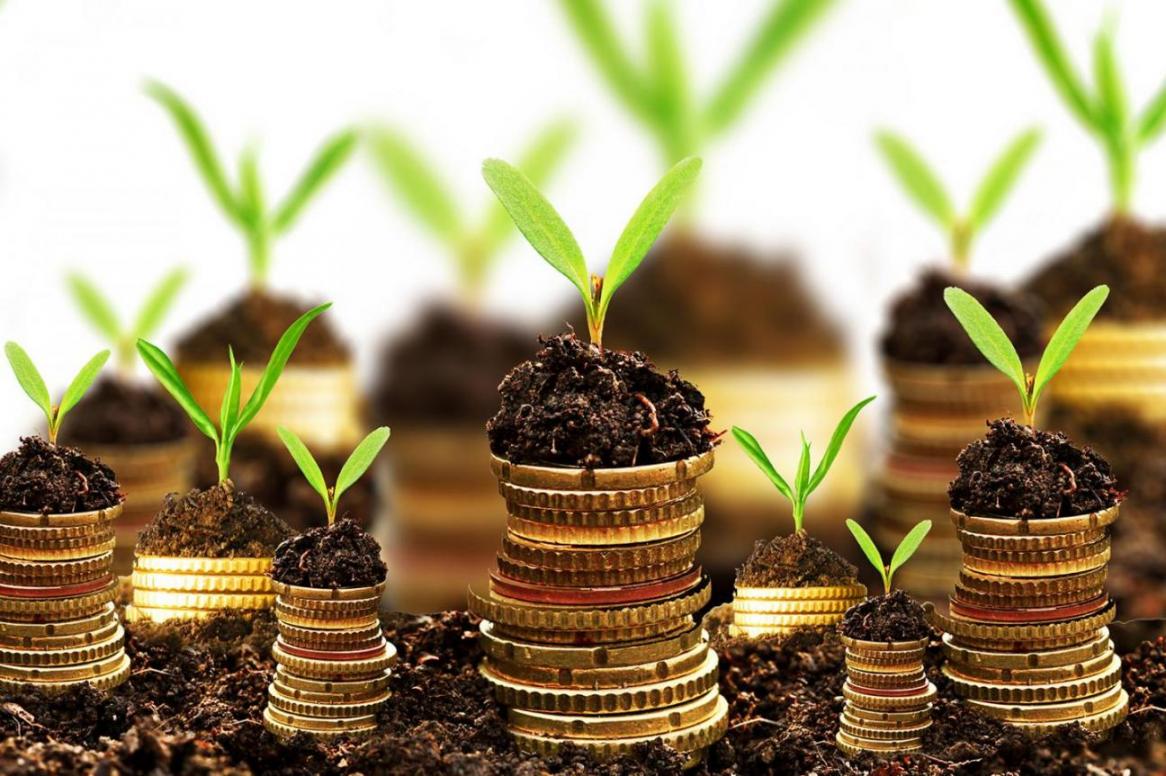Bankers are the focal point of Iran's economic expansion as the medium for transferring savings to businesses given Iran's peculiar conditions, said an economic official.
"Fiscal spending and foreign investment cannot be relied upon for economic growth," stated top Presidential Advisor Masoud Nili.
There are three available sources of financing: the fiscal budget, foreign investment and savings. Falling oil revenues and a lack of alternative government revenues are hampering fiscal spending, and foreign investment is belittled by economic sanctions imposed on the country. Thus, future economic expansion hinges on the utilization of personal deposits via money and capital markets, said Nili.
Iran's economic output is more reliant on resources than on a change in productivity. Anemic financing is choking businesses in such a way that changes in productivity have been overshadowed. The fact inflates the role of the financial system and in turn the banking system, since Iran's financial system is heavily bank oriented.
The capital markets and the banking system are two conduits for channeling the wealth of savers towards production. But the capital markets lack depth and cannot take the dominant position in the financial system, said Nili to Eghtesad News Website. This will remain so in the foreseeable future. Thus, the onus falls on the banking system.
"The government's has taken steps to bolster primary capital markets – where new stock or bond issues are sold to investors – but until they take effect, banks will remain the main vehicle for financing in the Iranian economy," the presidential advisor said.
Because the banking system is currently the centerpiece of financing in Iran, its challenges take center stage. So, to make the right policies, "a thorough audit of the banking system" is required, he explained. "We must take contradictions between macro and micro economic factors into account when diagnosing the problems of the banking system."
Real interest rates have recently turned positive, which means more money will be deposited in banks. Inflation is expected to fall below 20 percent for the year while annual deposit rates are around 21 percent. But, interbank lending rates are high pointing to shortage of liquid assets among lenders.
Despite the increase in real interest rates which led to the expectation of a rise in deposits. The rising interbank lending rates show that this has not happened yet, and there is an excess demand for cash in the banking network.
In all, although fiscal spending and foreign investments are taking the limelight in the press, much falls on the wealth of the nation's savers and the bankers for economic prosperity. That is why organizing the banking system by the Central Bank of Iran is an essential part of Iran's future.


